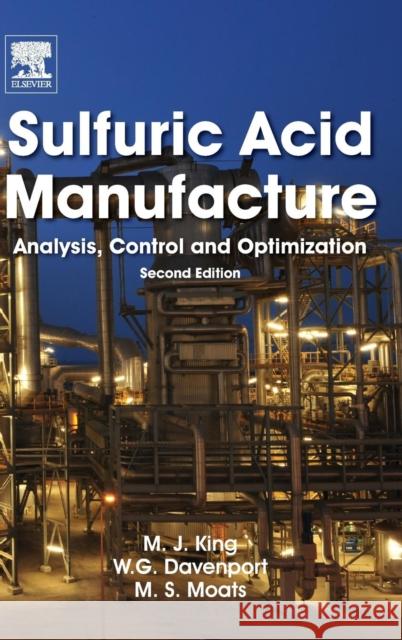Sulfuric Acid Manufacture : Analysis, Control and Optimization » książka
Sulfuric Acid Manufacture : Analysis, Control and Optimization
ISBN-13: 9780080982205 / Angielski / Twarda / 2013 / 608 str.
By some measure the most widely produced chemical in the world today, sulfuric acid has an extraordinary range of modern uses, including phosphate fertilizer production, explosives, glue, wood preservative and lead-acid batteries. An exceptionally corrosive and dangerous acid, production of sulfuric acid requires stringent adherence to environmental regulatory guidance within cost-efficient standards of production. This work provides an experience-based review of how sulfuric acid plants work, how they should be designed and how they should be operated for maximum sulfur capture and minimum environmental impact. Using a combination of practical experience and deep physical analysis, Davenport and King review sulfur manufacturing in the contemporary world where regulatory guidance is becoming ever tighter (and where new processes are being required to meet them), and where water consumption and energy considerations are being brought to bear on sulfuric acid plant operations. This 2e will examine in particular newly developed acid-making processes and new methods of minimizing unwanted sulfur emissions. The target readers are recently graduated science and engineering students who are entering the chemical industry and experienced professionals within chemical plant design companies, chemical plant production companies, sulfuric acid recycling companies and sulfuric acid users. They will use the book to design, control, optimize and operate sulfuric acid plants around the world.
- Unique mathematical analysis of sulfuric acid manufacturing processes, providing a sound basis for optimizing sulfuric acid manufacturing processes
- Analysis of recently developed sulfuric acid manufacturing techniques suggests advantages and disadvantages of the new processes from the energy and environmental points of view
- Analysis of tail gas sulfur capture processes indicates the best way to combine sulfuric acid making and tailgas sulfur-capture processes from the energy and environmental points of view
- Draws on industrial connections of the authors through years of hands-on experience in sulfuric acid manufacture











